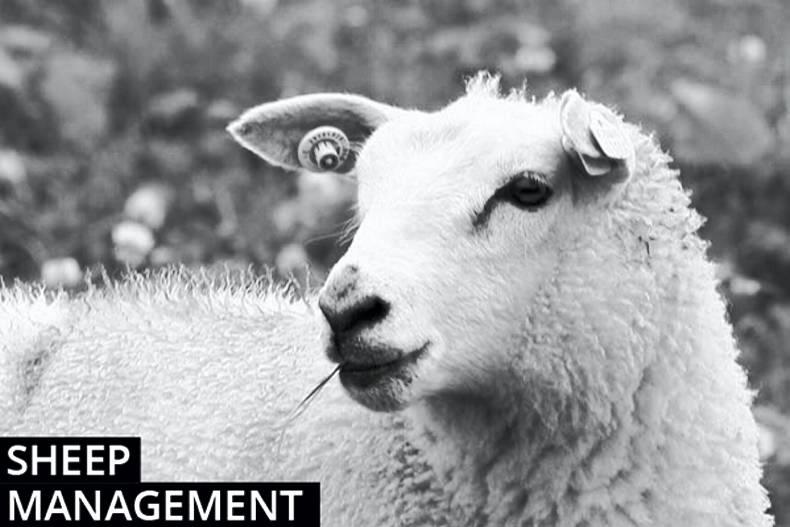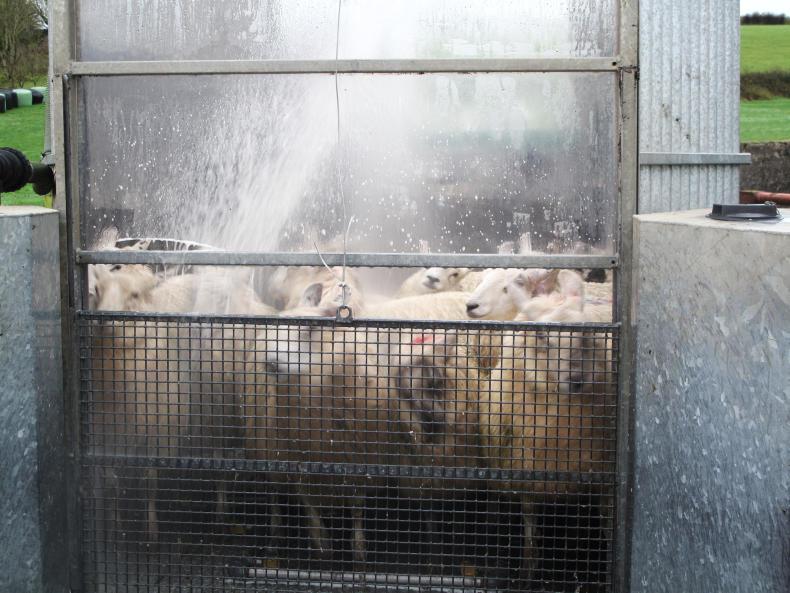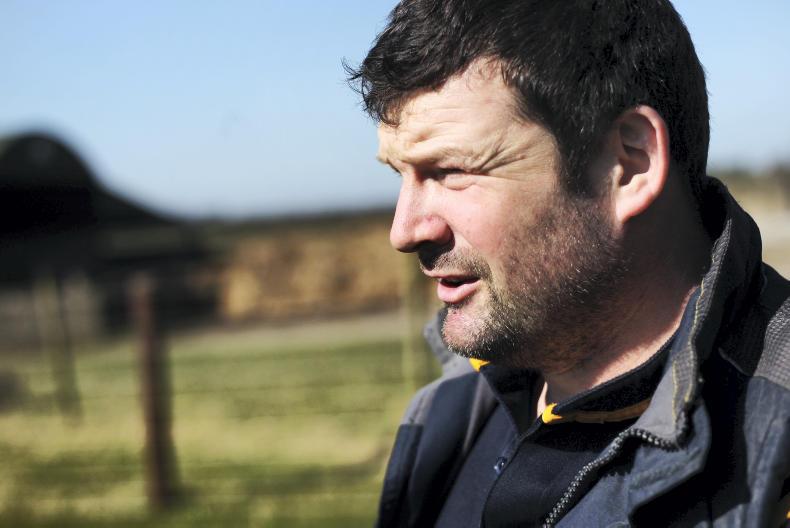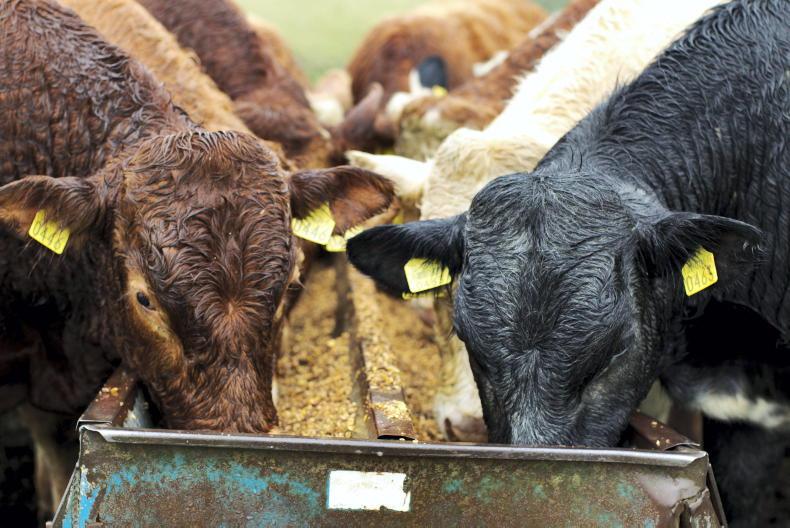Water intake: Farmers often remark that sheep do not require a high level of water. The statement is a long way from the truth, with restricted water intake lowering grass intake, reducing the rate of digestion and significantly affecting performance. The degree to which performance is limited is intensified in high temperatures similar to those we are currently experiencing, with areas receiving low rainfall worst affected due to a higher dry matter content in grass. Ewes can consume anywhere from 2 litres to 6l in late lactation, with intake considerably higher in very hot weather. Suckling lambs will drink in the region of 1l to 3l per day, with lambs consuming creep feed having a higher water intake requirement.
Kill-out percentage: While lamb thrive has improved significantly over the last three weeks, the slow start caused by a very difficult spring is still being felt. Many farmers report lambs killing out lower than previous years.
Older lambs are finding it difficult in many cases to kill out over 47% to 48%, with only very well-fleshed lambs that have not borne the brunt of a difficult spring achieving a kill-out of 49% to 50%. Poorly fleshed lambs are killing as low as 45% to 46%.
This should be borne in mind in drafting decisions. With demand currently strong, it is worth weighing and drafting regularly to keep lambs moving and benefit from current market returns.
Creep grazing: The high grass growth rates of recent weeks have made grassland management more difficult. Creep grazing does not suit fragmented farms but can provide a good alternative on farms with good fencing and a number of paddocks situated side by side. It will be especially beneficial as weaning occurs, in allowing the best quality grass to be prioritised to lambs. Ewes will be forced to graze out swards, in turn improving grass quality in the next grazing. A creep gate with spacings of 225mm or 9in works best.
If lambs are being creep fed, placing the creep feeder in the field where lambs graze ahead will entice lambs to graze forward.
The focus should be to try and limit concentrate input in a mid-season lambing system. This will also allow meal to be fed in troughs at 300g to 500g per day, if the preference is to continue feeding rather than ad-lib, and will reduce overall input. Research has shown that creep grazing can achieve similar benefits to creep feeding without the additional costs.
Blowfly strike: The incidence of blowfly strike has been relatively low to date but could spike if damp, humid conditions occur as the long-term forecast predicts next week. Be careful when selecting a product, as those on the market vary significantly in the length of protection they provide and also differ considerably on the withdrawal period.
Another factor to note is if the product treats and prevents blowfly strike or just has a preventative action. If it only has a preventative action, take care to address any existing blowfly strike.
For hill sheep farmers it is worth turning up a few lambs to check if ticks are an issue with a higher incidence reported in recent years.










SHARING OPTIONS